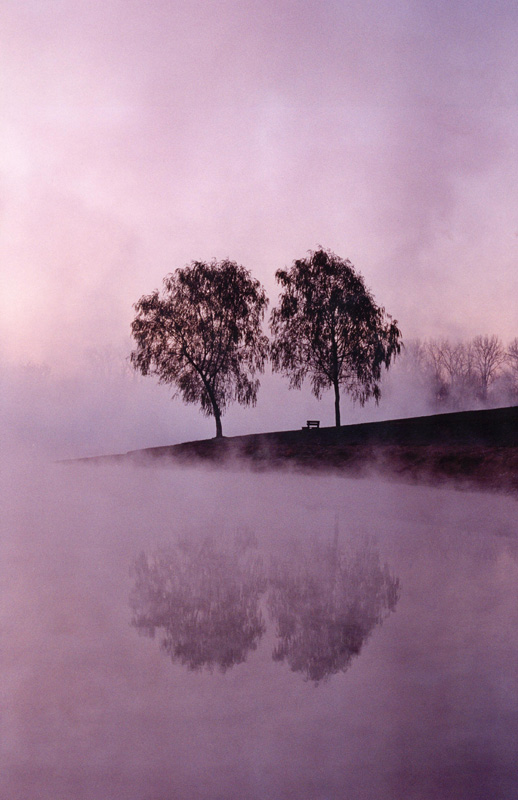Truth and beauty: A legal translation
 |  |
 | |
| Awake! for Morning in the Bowl of Night Has flung the Stone that puts the Stars to Flight: And Lo! the Hunter of the East has caught The Sultán’s Turret in a Noose of Light. — Edward FitzGerald, The Rubáiyát of Omar Khayyám (1859) | |
Truth and Beauty: A Legal Translation
http://ssrn.com/abstract=1157093
Translations, according to conventional wisdom, are like lovers. Though the most faithful translations may be plain, the most beautiful translations tend to be unfaithful.
The opening words of Edward FitzGerald’s translation of The Rubáiyát of Omar Khayyám leave little doubt: the Rubaiyat’s 75 quatrains would take their place among the most beautiful lines of English verse. How faithful FitzGerald was to the original Farsi is, to put it mildly, a different matter: “The Moving Finger writes; and, having writ, / Moves on . . . .”
What concerns me here is the question of fidelity in translation in a realm far removed from poetry. Law, which is after all a truth-seeking enterprise, is so thoroughly dedicated to the disciplinary and organizational functions of government that it must banish “falsity, irrationality, and seductiveness” — the very traits that make all literature, lyric, epic, or prosaic, irresistibly beautiful.
This essay addresses questions of truth and beauty, of poetry and fidelity, as applied to legal education and ultimately to law. After discussing how law schools can most faithfully translate their teachings to lawyers’ real concerns, I shall ponder how the law itself reconciles its duty to truth with its practitioners’ longing for beauty.
Editor’s note: This essay extends themes first developed in Fidelity in Translation and Law’s Double Helix.













0 Comments:
Post a Comment
<< Home